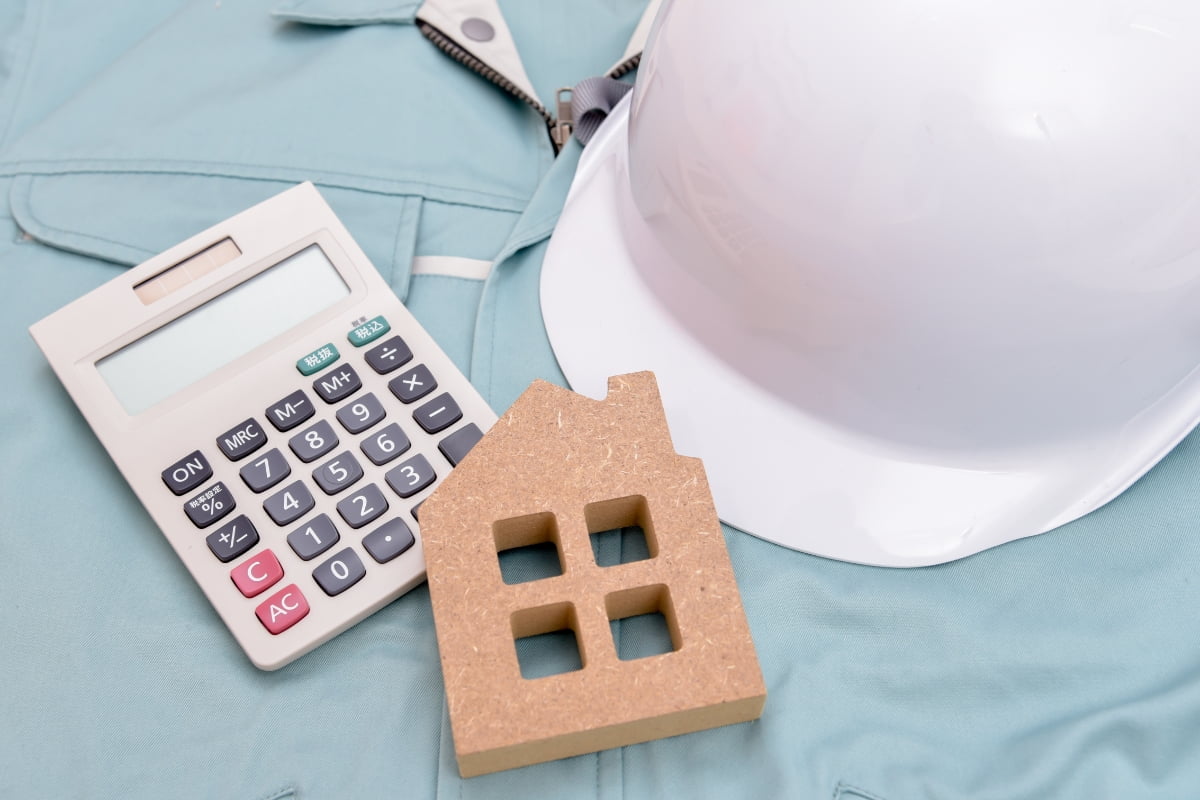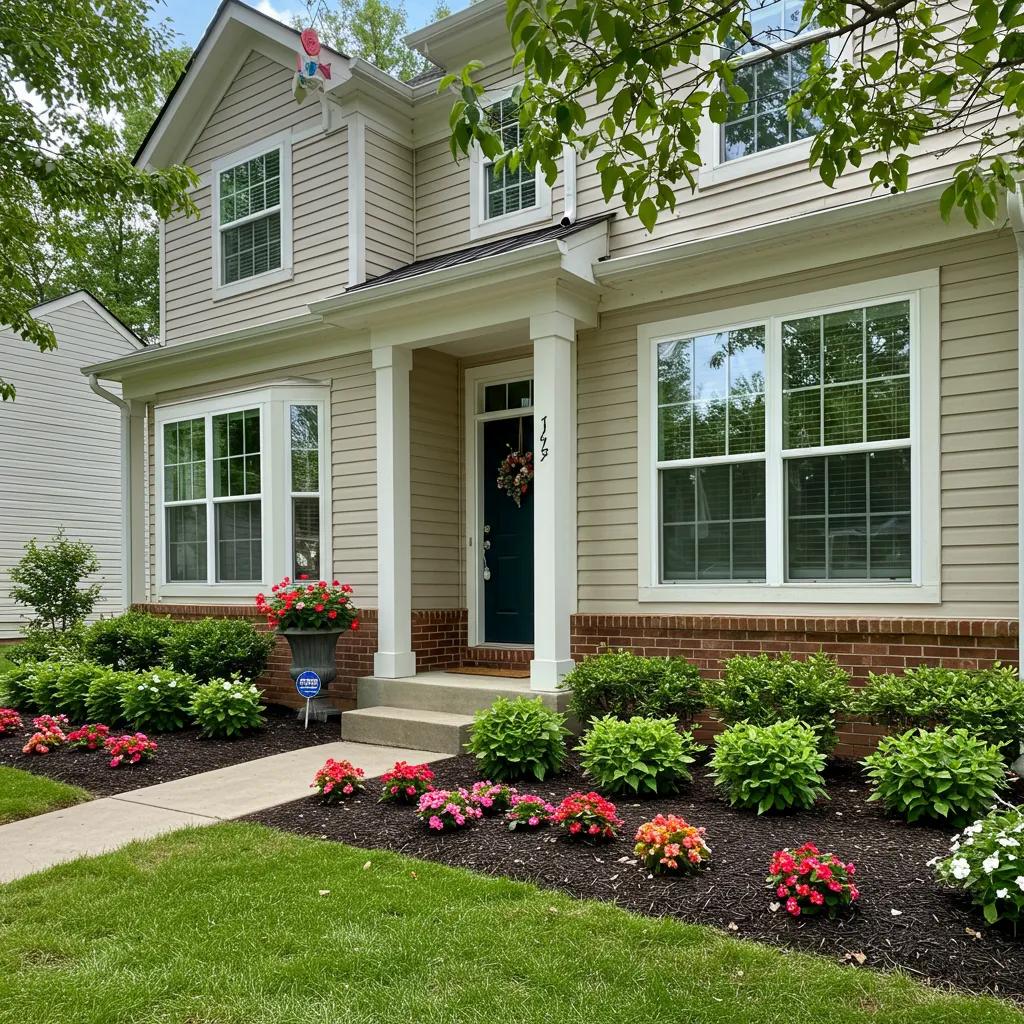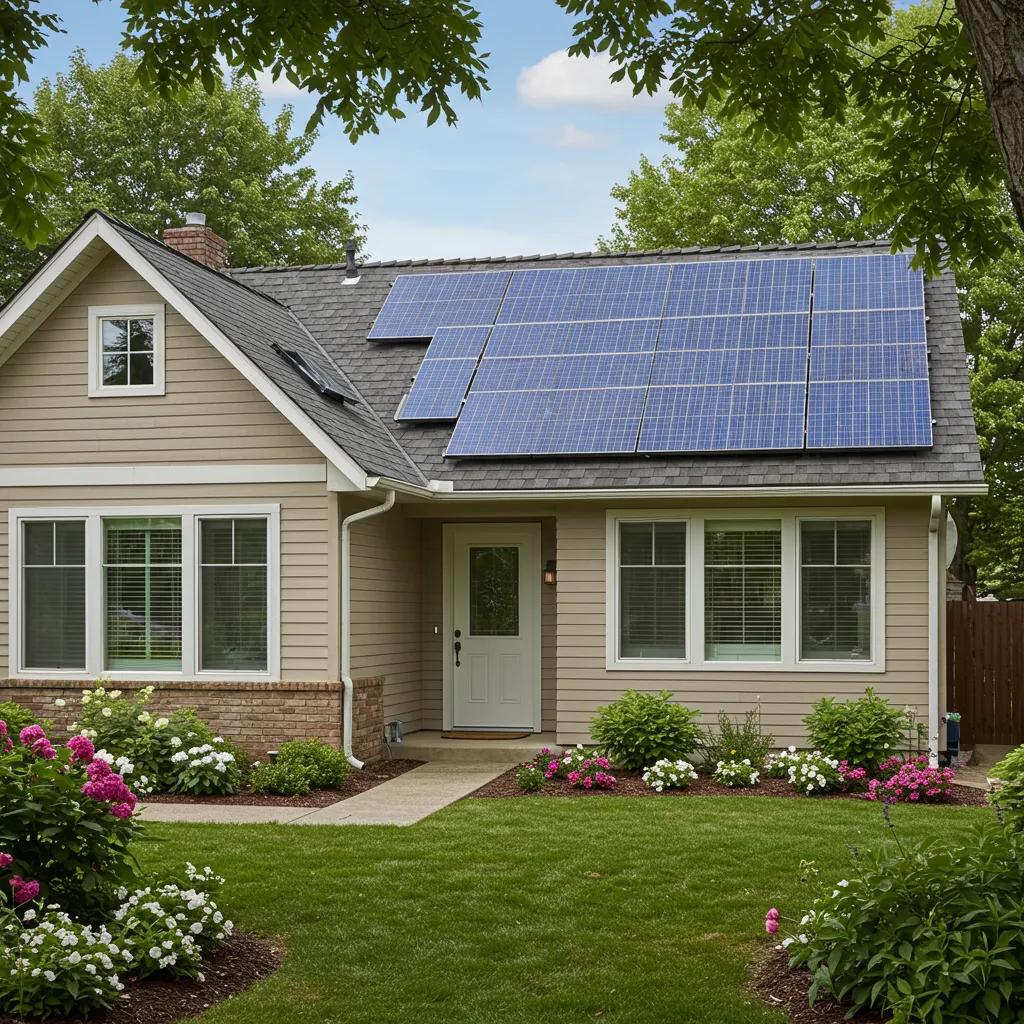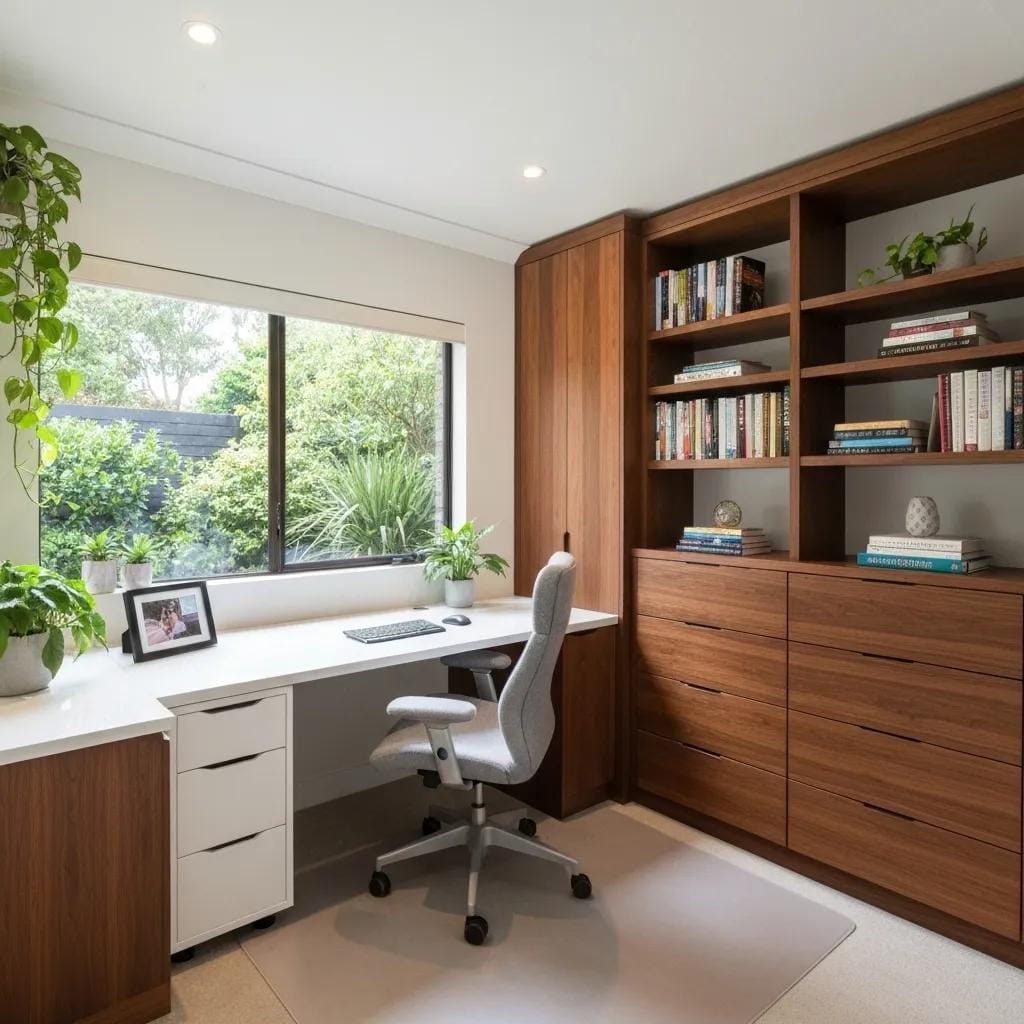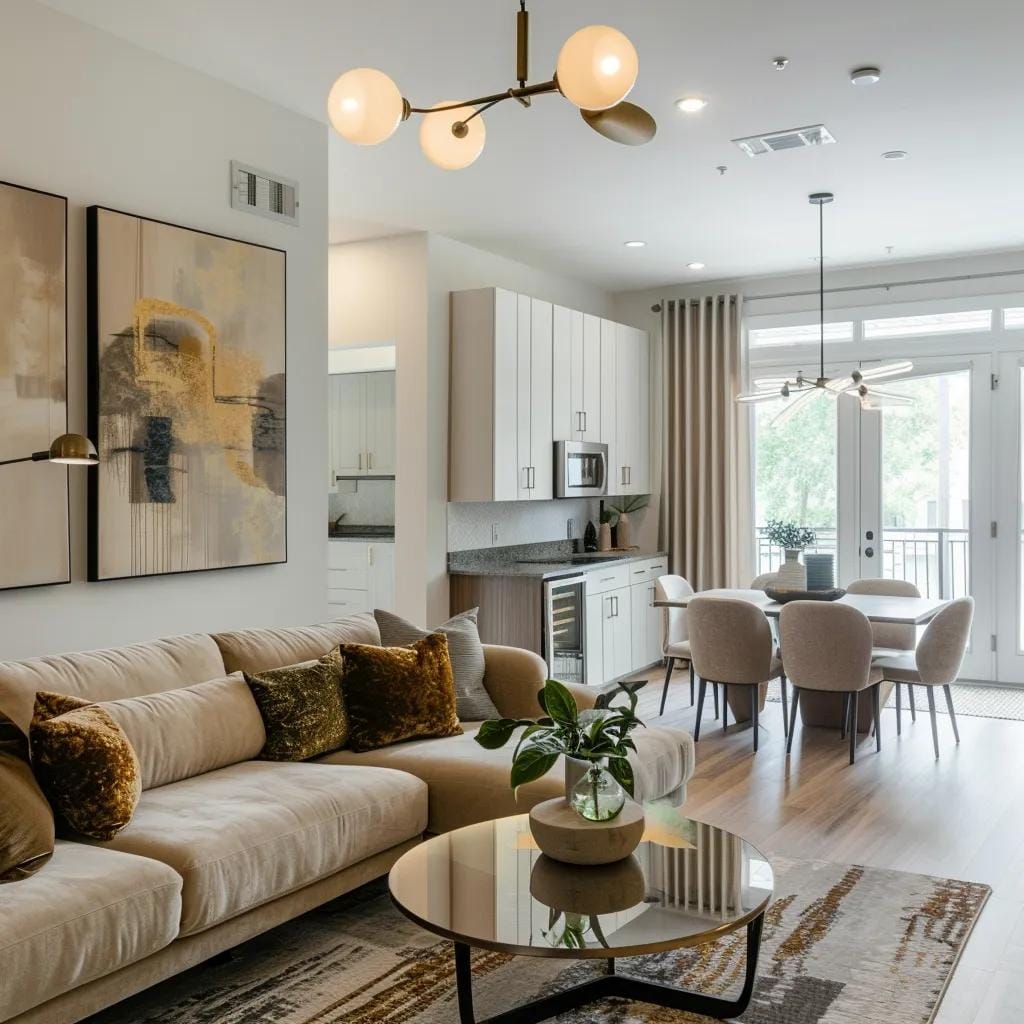Are you ready to give your home a fresh new look? Whether you’re planning a major overhaul or just a few updates, remodeling your home can be an exciting adventure. But let’s face it, the thought of a remodeling project can also be a little intimidating, especially when it comes to the budget.
That’s where we come in. In this blog post, we’re going to break down the remodeling budget and show you how to make every dollar count.
We understand that every penny matters, and we want to help you get the most bang for your buck. So, grab a cup of coffee, sit back, and let us guide you through the world of remodeling on a budget.
Maximizing Value: How to Make the Most of Your Remodeling Budget
Assessing Your Remodeling Needs: Prioritize and Plan

Before you start your remodeling project, it’s important to assess your needs and prioritize what areas of your home you want to focus on. Take a look at each room and determine what changes are necessary and what changes are simply cosmetic. This will help you allocate your budget more effectively.
Start by making a list of the essential repairs or upgrades that need to be done. Is your kitchen outdated? Does your bathroom need a facelift? Are there any structural issues that need to be addressed? These are the things that should take priority in your remodeling plan.
Once you’ve identified the essential areas, you can then move on to the cosmetic changes. Maybe you want to update the flooring or repaint the walls. These are important too, but they can often be done at a later stage if budget constraints arise.
Another important aspect of assessing your remodeling needs is considering how long you plan to stay in your home. If you’re planning on selling in the near future, it might make sense to focus on projects that will increase the value of your home. On the other hand, if this is your forever home, you can prioritize projects that will improve your day-to-day living.
Setting a Realistic Budget: Know Your Limits

Now that you have a clear idea of what needs to be done, it’s time to set a realistic budget for your remodeling project. It’s important to know your financial limits and avoid overextending yourself.
Start by determining how much money you can comfortably allocate towards your remodel without putting yourself in financial strain. Consider factors such as savings, available credit, and any loans or financing options that may be available to you.
Once you have an overall budget in mind, it’s time to break it down into specific categories. Allocate a certain percentage of your budget to each area of your remodel, such as materials, labor, and unexpected expenses. This will help you stay on track and ensure that you don’t overspend in one area at the expense of another.
Remember, it’s always a good idea to set aside some extra money for unexpected costs that may arise during the remodeling process. It’s better to be prepared than to be caught off guard by unforeseen expenses.
Researching and Comparing Costs: Finding Hidden Savings
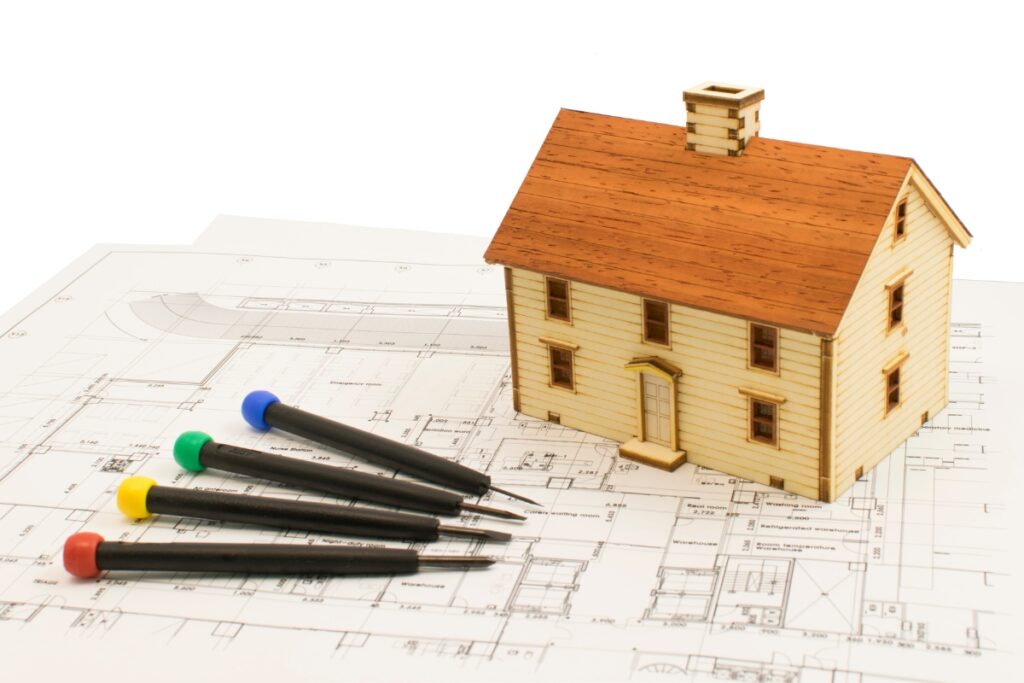
One of the best ways to make every dollar count is by researching and comparing costs before making any purchases or hiring contractors. Take the time to shop around and get multiple quotes for materials and services.
When it comes to materials, don’t be afraid to explore different options. Sometimes, a more affordable alternative can achieve the same look or functionality as a higher-priced option. Look for sales, discounts, or clearance items that can help you save money without compromising on quality.
When hiring contractors or service providers, make sure to get multiple quotes and compare them carefully. Look for experienced professionals who offer competitive prices. Keep in mind that the cheapest option may not always be the best choice – consider factors such as reputation, expertise, and customer reviews when making your decision.
In addition to researching costs, consider timing your remodel strategically. Some contractors offer discounts during slower seasons or may have promotions running at certain times of the year. By being flexible with your timeline, you may be able to take advantage of these savings opportunities.
Maximizing Space and Functionality: Creative Solutions
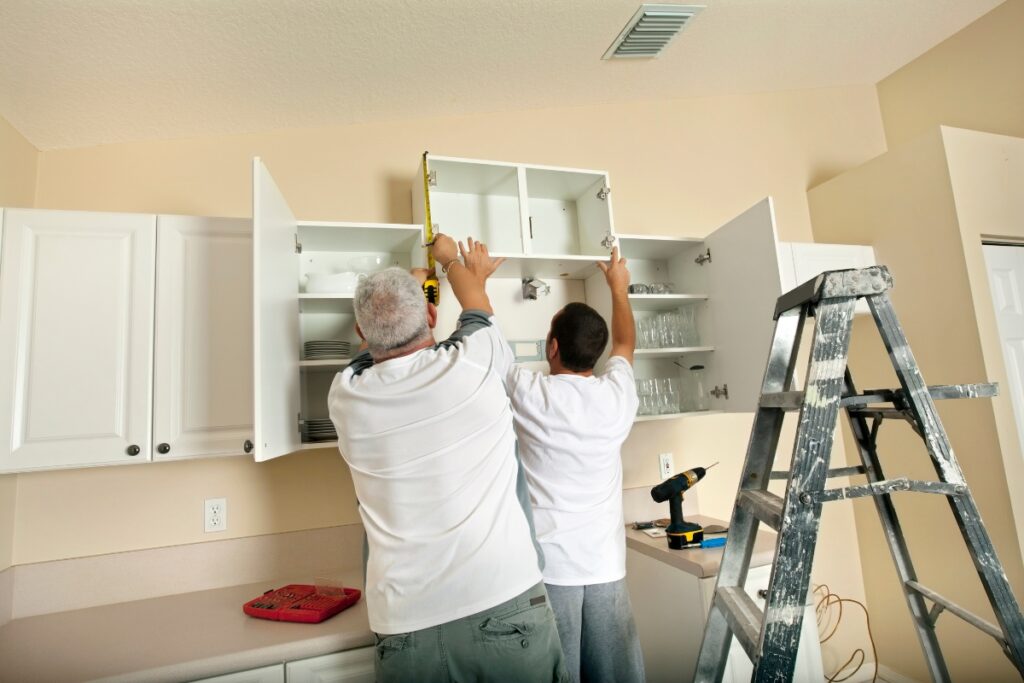
When it comes to remodeling on a budget, maximizing space and functionality is key. By implementing creative solutions, you can make every dollar count and transform your space into something truly remarkable. Whether you’re revamping your kitchen, bathroom, or entire home, here are some innovative ideas to consider.
In the kitchen, opt for smart storage solutions that maximize space. Install cabinets that reach the ceiling to take advantage of vertical space and avoid wasted areas. Utilize pull-out drawers and shelves to access items more easily and efficiently. Consider incorporating a kitchen island with built-in storage to provide extra workspace and functionality.
In the bathroom, make use of vertical storage options. Install shelves or cabinets above the toilet to keep essentials within reach. Use wall-mounted organizers to store toiletries and keep the countertop clutter-free. Consider replacing a traditional bathtub with a walk-in shower to save space and create a more open and modern feel.
Throughout the home, think outside the box to maximize functionality. Convert underutilized spaces, such as under the stairs or in the attic, into practical storage areas. Install built-in bookshelves or window seats with hidden storage to make the most of available space. Opt for furniture pieces that serve dual purposes, such as a sofa bed or a coffee table with built-in storage compartments.
When it comes to flooring, consider cost-effective options that still provide durability and style. Laminate or vinyl flooring can mimic the look of hardwood or tile at a fraction of the cost. Area rugs can add warmth and texture to a space without the expense of wall-to-wall carpeting.
Lighting plays a crucial role in maximizing space and functionality. Use a combination of ambient, task, and accent lighting to create a well-lit and inviting atmosphere. Install dimmer switches to adjust the brightness according to different needs and moods.
Lastly, don’t underestimate the power of a fresh coat of paint. Painting walls in lighter shades can give the illusion of a larger space. Choose a neutral color palette that can easily adapt to different styles and decor.
Choosing Cost-Effective Materials and Finishes: Quality on a Budget
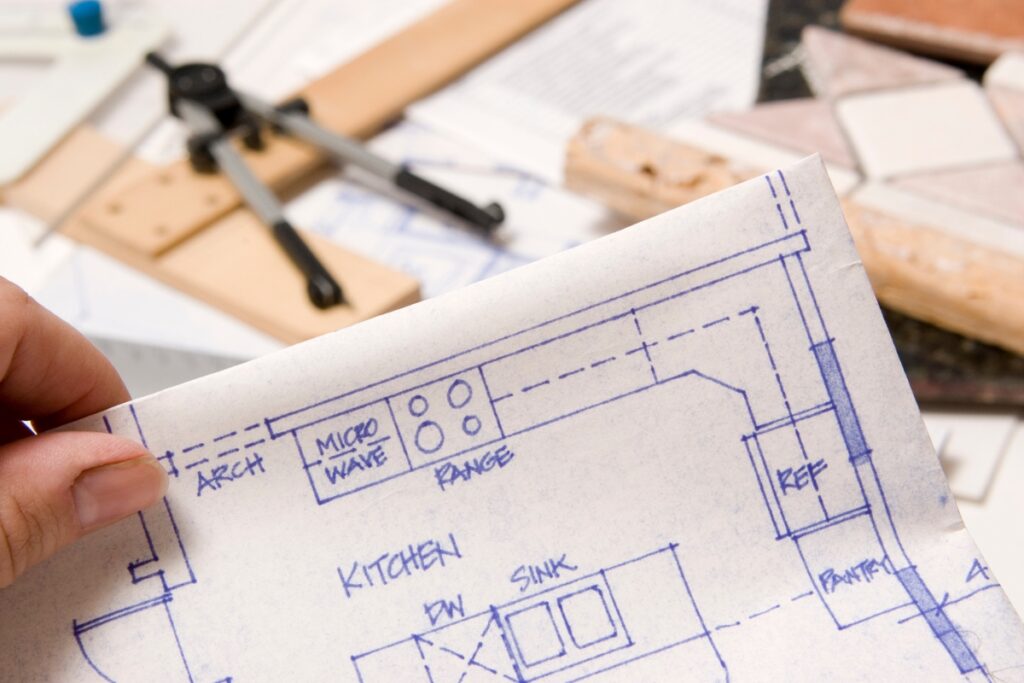
When it comes to choosing materials and finishes for your remodel, it’s important to strike a balance between quality and cost-effectiveness. While you want to save money, you also want to ensure that the materials you choose will stand the test of time.
Start by researching different options and comparing their durability, maintenance requirements, and lifespan. Sometimes, investing a little more upfront in higher-quality materials can save you money in the long run by reducing the need for repairs or replacements.
If certain high-end materials are out of reach financially, look for affordable alternatives that offer similar aesthetics or performance. For example, laminate flooring can mimic the look of hardwood at a fraction of the cost.
In addition to material costs, consider energy efficiency when making choices for your remodel. Energy-efficient appliances, windows, and insulation may have higher upfront costs but can lead to significant savings on utility bills over time.
Repurposing and Upcycling: Giving New Life to Old Items

In the world of interior design and home decor, there is a growing trend towards repurposing and upcycling old items. This not only helps in sustainable living but also adds a unique touch to your living space. When it comes to remodeling on a budget, repurposing and upcycling can be a game-changer. Let’s explore how you can give new life to old items and make every dollar count.
One of the easiest ways to repurpose old items is by giving them a fresh coat of paint. Whether it’s an old dresser, a wooden chair, or even a metal lamp, a new color can completely transform the look and feel of the item. Choose a color that matches your existing decor or go bold with a contrasting shade. With just a few strokes of paint, you can breathe new life into old furniture pieces.
Another way to repurpose old items is by thinking outside the box. For example, an old ladder can be transformed into a unique bookshelf by simply adding shelves between the rungs. This not only saves money but also creates a one-of-a-kind piece that will be a conversation starter. Similarly, old wooden crates can be turned into stylish storage solutions or even used as planters for your indoor garden.
Upcycling is all about finding new uses for old items. Take a look at your old clothes and think about how they can be repurposed. An old flannel shirt can be turned into a cozy pillow cover or a patchwork quilt. Old glass jars can be transformed into trendy candle holders or storage containers for your pantry. The possibilities are endless when you let your creativity take the lead.
When it comes to remodeling on a budget, repurposing and upcycling old items can be a cost-effective solution. Instead of buying new furniture or decor pieces, take a look at what you already have and think about how it can be repurposed. Not only will this save you money, but it will also give your home a unique and personal touch.
Negotiating with Contractors and Suppliers: Getting the Best Deals
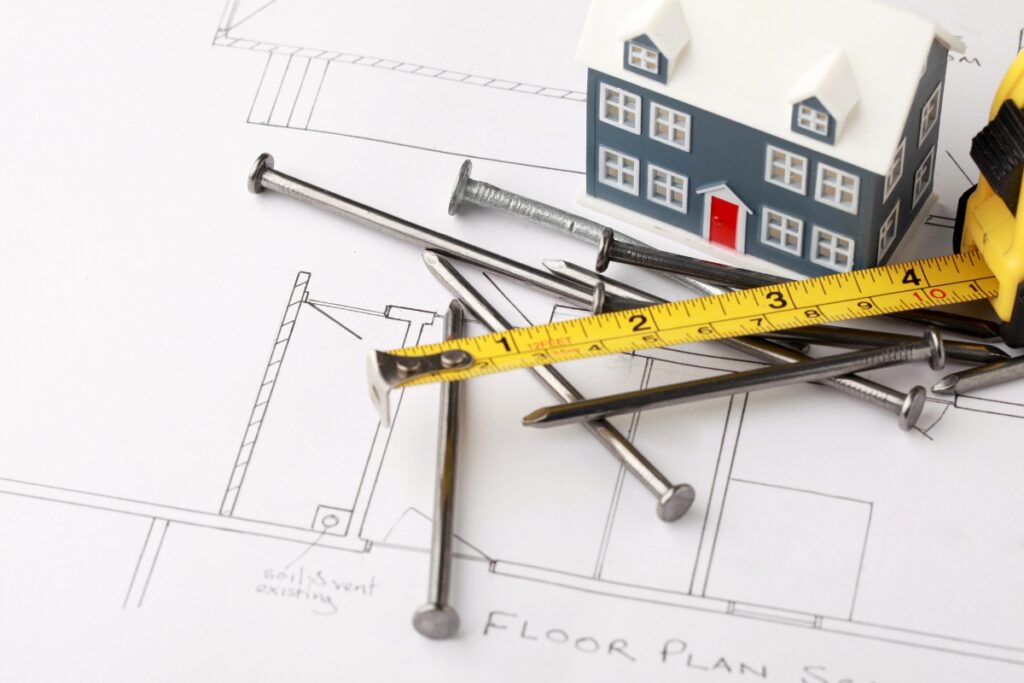
When it comes to remodeling your home, one of the most important aspects to consider is your budget. You want to make sure that every dollar you spend goes as far as possible, and this includes negotiating with contractors and suppliers to get the best deals. By following a few key strategies, you can ensure that you are getting the most value for your money.
Firstly, it’s important to do your research and gather multiple quotes from different contractors and suppliers. This allows you to compare prices and services, ensuring that you are not overpaying for any particular item or service. Be sure to communicate your budget and requirements clearly to each potential contractor or supplier, so they can provide accurate quotes.
Once you have gathered the quotes, take the time to negotiate with the contractors and suppliers. Don’t be afraid to ask for discounts or better deals. Many contractors and suppliers are willing to negotiate, especially if they know they are competing with other businesses for your project. Be prepared to explain why you feel a certain price is too high and provide any alternative options you may have found.
Another important aspect of negotiating is to consider the timing of your project. Contractors and suppliers may be more willing to offer discounts or better deals during certain times of the year when they have less work or need to meet sales targets. By being flexible with your project timeline, you may be able to secure better pricing.
In addition to negotiating on price, consider other factors that can potentially save you money. For example, ask contractors if they offer any financing options or payment plans that could help you spread out the cost of the project. Suppliers may also have bulk discounts or special offers on certain materials or products that can help you stay within your budget.
Lastly, don’t forget to read and understand any contracts or agreements before signing. Make sure that all the agreed-upon terms, prices, and services are clearly outlined in the contract to avoid any misunderstandings or surprises later on.
Budget-Friendly Remodeling: Time and Cost-Saving Strategies

When it comes to managing the remodeling process, it’s essential to have effective strategies in place to save both time and money. By implementing the right techniques, you can ensure that your remodeling project stays on track and within budget.
- Plan Ahead: Before starting any remodeling project, it’s crucial to plan ahead. Create a detailed project plan that includes all the necessary tasks, timelines, and budget estimates. This will help you stay organized and avoid any unexpected delays or expenses.
- Set a Realistic Budget: One of the most important aspects of managing the remodeling process is setting a realistic budget. Determine how much you are willing to spend and allocate funds accordingly. Be sure to consider all the expenses such as materials, labor costs, permits, and any additional fees.
- Research and Compare Prices: Take the time to research different suppliers and contractors to find the best prices for materials and services. Don’t be afraid to negotiate and ask for discounts. By comparing prices, you can potentially save a significant amount of money.
- Prioritize Essential Upgrades: If you have a limited budget, it’s crucial to prioritize your remodeling projects. Focus on essential upgrades that will add value to your home and improve functionality. You can always tackle less critical projects in the future when finances allow.
- Plan for Contingencies: Even with careful planning, unexpected issues or additional costs can arise during the remodeling process. It’s important to set aside a contingency budget to cover any unforeseen expenses. This will help you avoid going over budget and ensure a smoother remodeling experience.
- Hire Reliable Contractors: When it comes to hiring contractors, make sure you do your due diligence. Research their reputation, ask for references, and obtain multiple quotes. Hiring reliable and experienced professionals will help ensure that the remodeling process stays on schedule and within budget.
- Optimize Time Management: Efficient time management is key to saving both time and money during the remodeling process. Create a realistic timeline and stick to it. Coordinate with contractors, suppliers, and other parties involved to minimize delays and maximize productivity.
- Monitor Progress and Expenses: Throughout the remodeling process, it’s crucial to monitor progress and expenses. Keep track of any changes, delays, or additional costs. Regularly review your budget and make adjustments if necessary. This will help you stay on top of the project and make informed decisions.
- Communicate Effectively: Effective communication is vital for successful remodeling management. Maintain open and clear communication with contractors, suppliers, and other stakeholders. Regularly update them on any changes or concerns, and address any issues promptly.
Final Thoughts: Enjoying the Fruits of Your Remodeling Labor
Take pride in knowing that you’ve transformed your home without breaking the bank. Whether it’s a fresh coat of paint, an updated kitchen, or a complete renovation, every dollar spent was carefully considered and well worth it.
Remember, remodeling on a budget doesn’t mean sacrificing quality or style – it’s about making smart choices and finding creative solutions. So go ahead, invite friends over for a housewarming party, and show off your beautiful new space!
At FD Remodeling Company, we understand the value of your investment and are committed to maximizing the impact of your remodeling budget with our comprehensive home remodeling services tailored to your needs and budget.
Contact us for a free estimate or give us a call at 404-857-5582 to embark on a budget-friendly remodeling journey without compromising on quality and style. Choose FD Remodeling Company as your trusted partner, where every detail matters, and every dollar is optimized for the home of your dreams.

